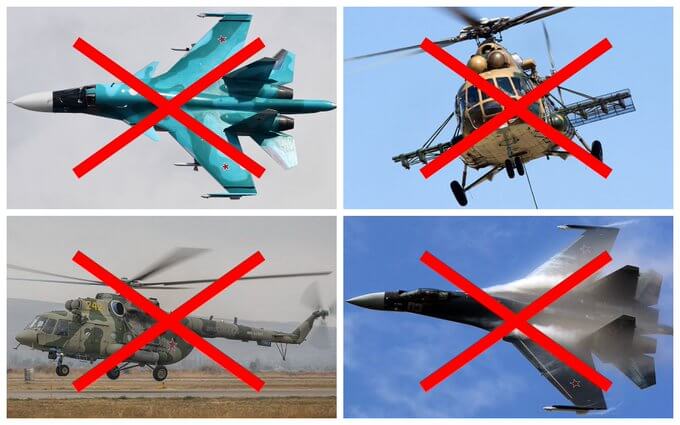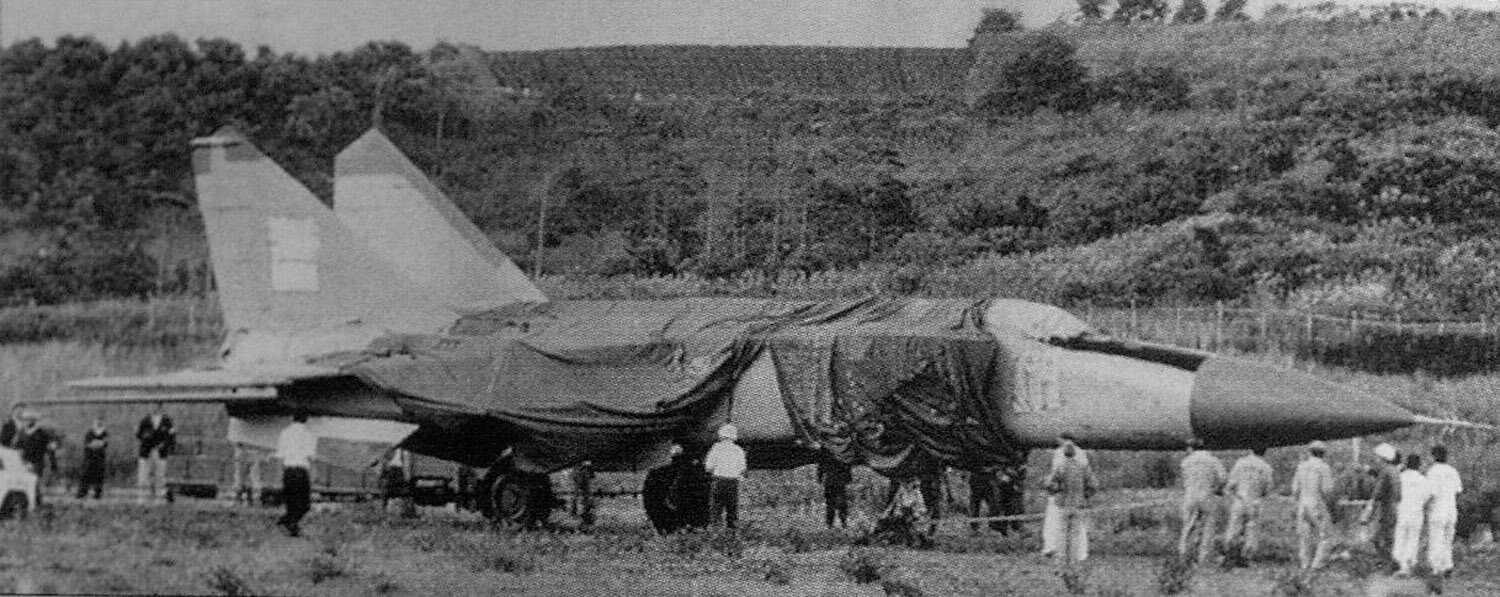
Part 5 of Armada’s ongoing Russian IADS Redux series looks at the IFF systems the country’s IADS uses to determine friend from foe.
Previous articles on our Russian IADS Redux series have looked at the tactical datalinks and radars the country’s Integrated Air Defence System (IADS) depends on. We launched our series this March with the intention of providing a detailed, open-source analysis of Russia’s strategic IADS. The strategic IADS protects Russian airspace and air approaches to the country from air and ballistic missile threats.
Like all air defence systems, the Russian Air and Space Force (RASF) IADS depends on Identification Friend or Foe (IFF) systems to determine those aircraft which are friendly and those which are not. The North Atlantic Treaty Organisation’s (NATO’s) standard IFF system is Mode-5. This is a secure version of the International Civil Aviation Organisation’s Mode-S Secondary Surveillance Radar (SSR) system. Put simply, a Mode-5 SSR is usually collocated with a radar. The Mode-5 IFF interrogator transmits a challenge and the friendly aircraft’s Mode-5 transponder sends a reply to this end. Mode-5 uses frequencies of 1.030 gigahertz/GHz and 1.090GHz.
Soviet Systems
Some information is available in the public domain on legacy Soviet-era IFF systems. The first rudimentary IFF system used by the Soviet Air Force (SAF) and Air Defence Force (ADF) was called Kremnij (Silicon). At the time the ADF was a separate service before its full incorporation into the Soviet Air Force in 1988. Contemporary Russian analysis highlights the drawbacks of Silicon: Firstly, it lacked a specific set of identification codes to confirm an aircraft as friendly. Secondly Kremnij, which entered service in the 1960s with the SAF/ADF and across the Warsaw Pact (WARPAC), used Ultra High Frequency (UHF: 300 megahertz/MHz to three gigahertz/GHz) bands. As the 1960s unfolded, some of these bands were increasingly needed by Soviet Union for television.
Kremnij eventually gave way to a new system called Parol (Password). Parol’s development was completed in 1970, with the system entering service across the SAF/ADF and WARPAC in 1977. The need to transition from Kremnij to Parol received added impetus in 1976. That year, Lieutenant Viktor Belenko, a SAF pilot, defected to Japan while flying his MiG-25P (NATO reporting name Foxbat) combat aircraft. The Foxbat contained a Kremnij IFF system. Unsurprisingly, this was exhaustively examined by Japanese and American experts. As one analysis of the incident laconically noted; “after that, (Kremnij) ceased to be a secret.”

Out on Parol
Parol, a modified version of which is believed to remain in service today, transmits IFF challenges on frequencies of 1.532GHz with responses transmitted on 1.458GHz and 1.470GHz. The baseline version of Parol was not thought to be encrypted. Security was preserved by the aircraft using a specific, numerical coded response to the IFF challenge. 16 different response codes were available which had to match the interrogation code. If the interrogation and response code matched, the aircraft was considered friendly.
As with the incident in Japan, the West got lucky once more in 2005. In October 2005 a RASF Su-27 (NATO reporting name Flanker) combat aircraft crashed in Lithuanian territory equipped with a Parol system. What happened to this is unknown, but it would not be surprising if it too yielded its secrets to Western experts. For all intents and purposes, it appears Parol remains the standard IFF system used by Russian airpower and air defence units.
Password not recognised
Analysis written back in 2007 by Russian air defence experts spoke of serious shortcomings regarding Parol. Firstly, it was unable to receive SSR responses, known in the trade as ‘squarks’, from civilian aircraft. Therefore, a civilian aircraft would only appear as a plot and track on a radar screen, with no additional data if a Parol IFF interrogation was solely relied on for combat identification. The problem here is immediately obvious: A hostile aircraft will understandably switch off its IFF transponder when in hostile territory. An airliner without any way to respond to a Parol interrogation will look similar.
Readers will remember that Russian air defenders destroyed Malaysian Airlines flight MH17 on 17th July 2014. The Boeing 777-200ER was shot down over eastern Ukrainian killing all 298 people on board. Almost ten years later, those responsible for the killing have yet to stand trial. The aircraft was shot down by a Russian 9K37 Buk (NATO reporting name SA-11 Gadfly/SA-17 Grizzly) medium-range, medium-altitude surface-to-air missile system. Was this unit equipped with a Parol IFF interrogator, and was this a factor in the tragedy? It is noteworthy that the RASF has reportedly suffered fratricide in Ukraine. Have these incidents been wholly, or partially, the responsibility of the problematic Parol system?
Additionally, the Parol and Kremnji systems are incompatible and cannot send interrogations and responses to each other. The Russian analysis said that this was problematic as some Russian military aircraft continue to use the legacy system. Furthermore, at the bureaucratic level, the distribution of relevant codes as discussed above, was in the past said to be slow and laborious. Furthermore, lax security has seen the theft and loss of code information.
Help from NATO?
Whether Parol has been replaced remains unclear. The Russian documents noted that plans were afoot earlier this century to replace Parol in the 2030s. Whether these plans have come to fruition remains unknown. Interestingly, these same documents recommended Russia adopt NATO IFF standards to replace Parol. Examples of NATO’s Standardisation Agreement 4193 (STANAG 4193), which covers IFF specifications, are easily accessible online. Following these would certainly save Russian IFF engineers a lot of time and effort in the search for a more reliable IFF system. If they have not, Russian airpower will continue to use a system which seems to have experienced its fair share of problems. At best, a new system has come online, but if so, is this compatible with legacy IFF systems the Russian military may still use? For now, it is entirely possible that Parol soldiers on, possibly with unresolved issues.
Stay tuned for more analysis on Russia’s strategic air defence capabilities in the next instalment of our Russian IADS Redux series.
by Dr. Thomas Withington
Read our other Russian IADS Redux articles:
- Russian IADS Redux Part-1: Resonating with Resonance
- Russian IADS Redux Part-2: Hilltop View
- Russian IADS Redux Part-3: Strategic Skywatchers
- Russian IADS Redux Part-4: Missing Link












